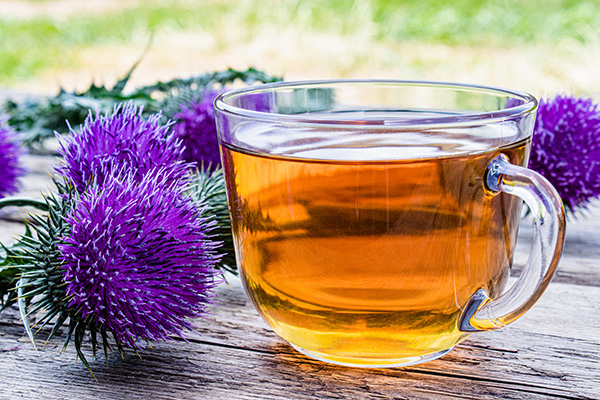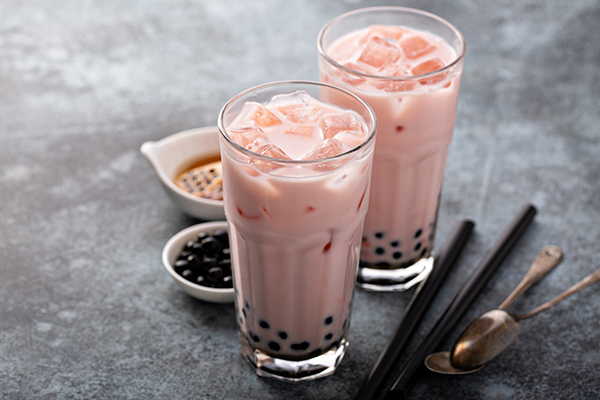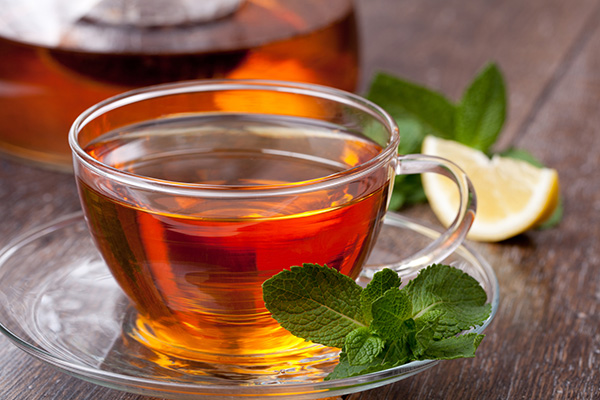Switching From Coffee to Tea
Are you a coffee lover looking to make a change in your daily routine? Or perhaps you’re tired of experiencing the occasional jitters from too much caffeine? Whatever your reasons, switching from coffee to tea can bring a host of benefits, both for your health and your taste buds.
This article will explore the reasons behind making the switch, the variety of teas available, and how to make the transition as seamless as possible.

Why Switch from Coffee to Tea?
Health Benefits
Tea is known for its numerous health benefits. For starters, tea contains a lower amount of caffeine than coffee, which can lead to a more gradual and sustainable energy boost without the jitters or crashes. Additionally, tea is rich in antioxidants, which can help protect your body from oxidative stress and contribute to overall health.
Switching from caffeinated beverages to herbal teas may also alleviate symptoms of tinnitus in some individuals, although there is currently not enough research to support this claim.
Additionally, if you frequently suffer from headaches, transitioning from coffee to tea might be beneficial.
A Wide Range of Flavors
Tea offers an incredible array of flavors, from delicate and floral to bold and smoky. With the countless varieties available, there’s bound to be a tea for every palate, and experimenting with different types can be a delightful journey.
Calming Rituals
For many people, the process of preparing tea is a meditative experience. Unlike the hurried brewing of coffee, making tea often involves carefully measured steps that promote mindfulness and relaxation.
Types of Tea to Explore
As you begin your transition from coffee to tea, it’s essential to know that not all teas are created equal. Here are some of the most popular varieties to consider:
Black Tea
Black tea is the most robust and full-bodied type of tea, making it an ideal choice for coffee drinkers seeking a similar depth of flavor. Popular black teas include English Breakfast, Assam, and Darjeeling.
Green Tea
Green tea is known for its grassy and vegetal flavors, as well as its numerous health benefits. Some of the most popular green teas include Sencha, Dragonwell, and Matcha.
Oolong Tea
Oolong tea is a partially fermented tea that falls between black and green tea in terms of flavor and oxidation. Its complex flavors can range from floral and creamy to fruity and toasty. Popular oolong teas include Tieguanyin, Wuyi Rock, and Milk Oolong.
White Tea
White tea is the least processed of all tea varieties, resulting in delicate and subtle flavors. Common white teas include Silver Needle, White Peony, and Bai Mudan.
Herbal Tea
Herbal teas are not technically teas, as they do not come from the Camellia sinensis plant. Instead, they are infusions made from various herbs, fruits, and flowers. Herbal teas can provide a caffeine-free alternative to traditional teas, with flavors ranging from fruity and sweet to spicy and earthy.
Herbal teas, along with white tea, are often considered to have the lowest caffeine content among all teas.
Tips for Making the Switch
Gradual Transition
To avoid caffeine withdrawal symptoms, it’s best to gradually decrease your coffee intake while increasing your tea consumption. Start by replacing one cup of coffee per day with a cup of tea, and continue to make adjustments as needed.
Experiment with Different Teas
One of the most enjoyable aspects of transitioning to tea is discovering new flavors. Try a variety of teas to find the ones that best suit your taste preferences.
Invest in Quality Tea
While it may be tempting to reach for the cheapest tea bags at the supermarket, investing in high-quality, loose-leaf tea can make a world of difference in flavor and enjoyment. Look for reputable tea vendors to source your tea leaves.
Learn Proper Brewing Techniques
Different types of tea require specific brewing techniques to bring out their best flavors. Take the time to learn about water temperature, steeping time, and the appropriate teaware for each type of tea. This knowledge will elevate your tea-drinking experience and help you appreciate the nuances of each variety.
Create a Tea Ritual
One way to fully embrace the switch from coffee to tea is by developing your own tea ritual. This could involve setting aside time each day to brew and enjoy a cup of tea mindfully or perhaps inviting friends over for a tea-tasting session. Creating a routine around tea can help make the transition more enjoyable and satisfying.
Overcoming Common Obstacles
Missing the Strong Flavor of Coffee
If you’re struggling with the milder flavors of tea, consider trying more robust teas such as black or dark oolong varieties. Chai tea, a spiced black tea blend, is another excellent option for coffee lovers, as its bold, complex flavors can be reminiscent of coffee.
Adjusting to Lower Caffeine Levels
It’s normal to experience some fatigue or sluggishness as your body adjusts to lower caffeine levels. To minimize this, try gradually reducing your coffee intake over a few weeks rather than making an abrupt switch. Additionally, choosing teas with higher caffeine content, such as black or green tea, can help provide a more familiar energy boost.
Craving a Creamy Texture
If you’re missing the creaminess of a latte or cappuccino, consider experimenting with tea lattes. These beverages combine tea with steamed milk and often include sweeteners or spices, resulting in a rich and comforting drink. Popular tea latte options include chai lattes and matcha lattes.
Conclusion
Switching from coffee to tea can be a rewarding and enjoyable experience as you discover new flavors and health benefits while developing mindful rituals.
By exploring different types of tea, learning proper brewing techniques, and gradually transitioning from coffee, you can successfully make the switch and fully embrace the world of tea.






